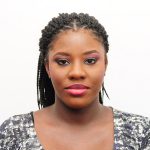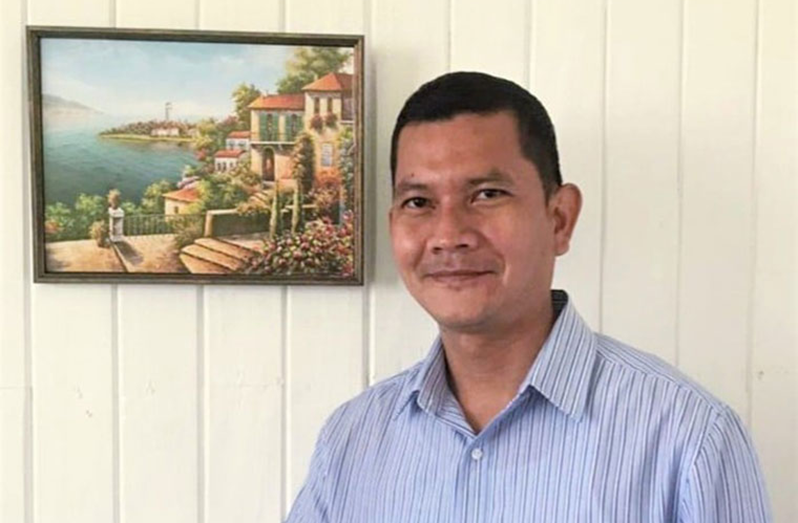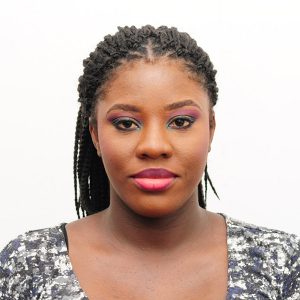–will write CXC this year, for the very first time
SECONDARY School students of the Nappi and Karasabai “Primary Top Schools” in Region Nine will be afforded the opportunity this year to write the Caribbean Secondary Education Certificate (CSEC) examinations for the very first time. The 20 students from Nappi and 16 from Karasabai will be writing the ‘exam’ in the four core subjects of Mathematics, English Language, Social Studies, and Integrated Science, as well as Agricultural Science. Deputy Chief Education Officer (DCEO) for Amerindian and Hinterland Development, Marti DeSouza, explained that for students of the Nappi and Karasabai “Primary Top” schools, the opportunity to write the exams at their own schools will be a second chance for them to complete their secondary education, and is a move towards the government’s commitment to universal education. “The MoE is trying it’s best to achieve universal secondary education. This is one of the ways we are opening the doors for children who do not have access to a secondary school, so that they can still write CSEC. And they are doing it with the fewer number of subjects that they can handle,” DeSouza explained in an interview with the Guyana Chronicle on Tuesday. In Guyana, “Primary Top Schools”, as they are called, are primary schools with a secondary school department, and are used as an alternative for students who would not have attained enough scores at the National Grade Six Assessment (NGSA) to be placed at a secondary school.

Though a traditional secondary school runs from Grades Seven to Eleven, classes at “Primary Top” schools run from Grades Seven to Nine, and the students are usually transferred to a secondary school after writing the National Grade Nine Assessment (NGNA). However, though students on the coastland have a number of secondary school options, in the hinterland, the situation is much more tedious. In Region Nine (Upper Takutu-Upper Essequibo) in particular, there are only four secondary schools, and without this new initiative, “Primary Top” students hoping to complete their education at one of those institutions are faced with many challenges, due to the great distances they have to travel to get there. Originally, after Grade Nine, students from the Karasabai “Primary Top” would attend Annai Secondary or St. Ignatius Secondary, while the students from Nappi would attend St. Ignatius Secondary. The other secondary schools in Region Nine are Sandcreek Secondary in Central Rupununi, and Aishalton Secondary in the South Rupununi. As DCEO DeSouza explained, “The four secondary schools are not adequate to serve all the children. Karasabai and Nappi have a large number of students at the ‘Primary Top’ who cannot access the secondary schools, because of distance. And the dormitories are already filled, and there is no place to accommodate additional students.” But now the students have a chance to stay in their respective villages, and still get their education.
“It is important because they are in their own comfort zones; they are at home and don’t have to travel, and can focus more on their schooling. Secondly, it is a big deal, because it’s a second chance for them, at the end of the five years, to be able to write their subjects, which would not have been afforded to them if the ‘Primary Top’ had not been opened,” the regional educator said. Written at the end of one’s secondary schooling, CSEC is an important part of academic life for Guyanese students, as the grades they achieve are used to either obtain a job or access higher education institutions. Towards assisting the students to be equipped to complete their Integrated Science exams, the National Centre for Educational Resource Development (NCERD) recently donated a number of ‘Micro’ Science Kits to Nappi and Karasabai “Primary Top Schools”. These kits will be used by the students to carry out their science experiments, so that they can complete their School-Based Assessments (SBAs) in a timely manner. Modules were also given to guide teachers and students on how to carry out the experiments, and how the different pieces of apparatus can be used. “Being a ‘Primary Top’, they don’t have a science ‘lab’, so, in the absence of that, these ‘micro’ science kits will allow these students to have hands-on experience, and develop the science skills. And it is important that they get it, to be able to complete the practical, so that they come out with the practical skills,” DeSouza said.
The kits for the Nappi Primary school was handed over on Monday, while Students of the Karasabai Primary Top are expected to receive their kits on Thursday.




.png)









